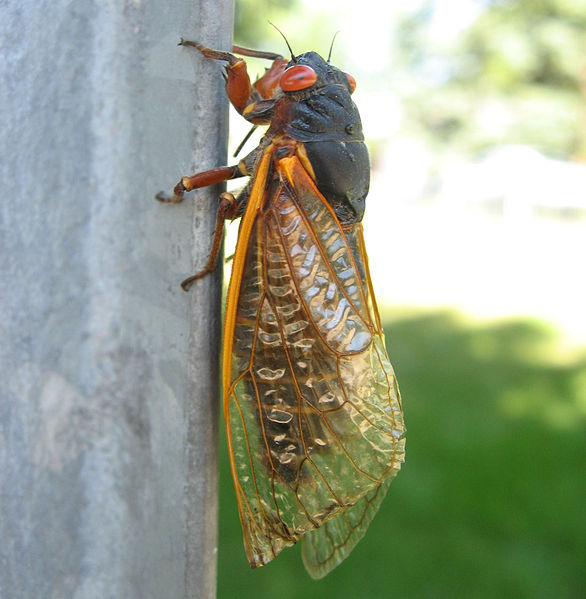 Autumn’s arrival in the Northern Hemisphere brings both opportunities for improving your pets’ health and behavioral changes in many animals.
Autumn’s arrival in the Northern Hemisphere brings both opportunities for improving your pets’ health and behavioral changes in many animals.
Seasonal Behavioral Changes
Many species, even those from regions considered “tropical”, slow down during the cooler seasons; in captivity they often respond to autumn’s arrival in a similar manner. Animals that are native to your area will be most strongly affected, especially if exposed to the local light cycle, but even exotic species may gear their behavior to local conditions.
Some individuals, especially if born in the wild, will cease feeding as autumn arrives even if temperatures are kept constant year-round. Captive born animals of the same species, however, often feed throughout the winter when kept warm. The animals I’ve observed closely in this regard (i.e. Eastern Painted Turtles, Indian Gharials, Box Turtles) lose little if any weight even when temperatures remain high and the animals maintain near-normal activity. Please see the article below (Bearded Dragon Brumation) for details.
Fall is an ideal time to expose animals to a cooling off or hibernation period in order to stimulate breeding. Please write in for further information on this topic.
Insect-Collecting Opportunities
I always feed my animals heavily upon wild-caught invertebrates as summer draws to a close, in anticipation of the lean months ahead. Many insects are in great abundance at this time of the year and are easy to collect – katydids and tree crickets, out of reach in treetops during the summer, begin to show up on the ground and around outdoor lights. Moths that flock to lighted window screens may become cold-stunned after a few hours, and are simple to pick up; cool, wet conditions bring earthworms up from their deep summer burrows. Cicadas begin to die off and offer a wonderful bounty of food for larger frogs, lizards and turtles (please see article below).
Raising Native Invertebrates

Further Reading
Hibernation/Brumation in Bearded Dragons and Other Herps.
Raising Sow Bugs and Earthworms.
Collecting Cicadas and other Insects.
 That Reptile Blog – Reptile, Amphibian and Exotic Pet Care and Information
That Reptile Blog – Reptile, Amphibian and Exotic Pet Care and Information



One comment
Pingback: Waff 48